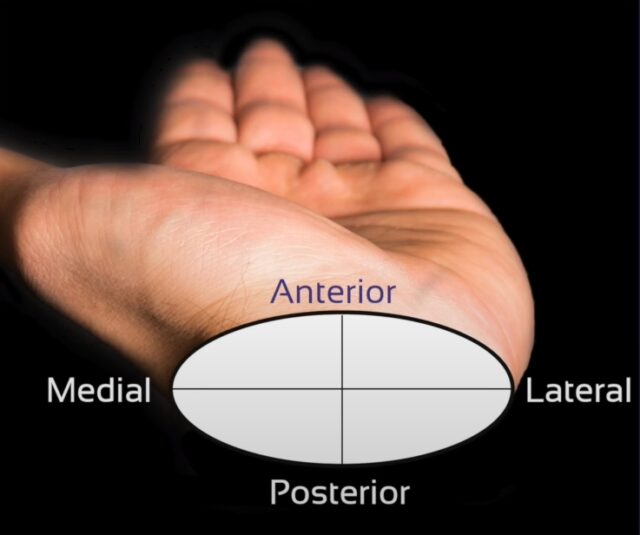Learn
Carpal Tunnel Syndrome Cluster | Wrist & Hand Assessment
Carpal Tunnel Syndrome is the most common nerve compression disorder of the upper extremity with prevalence rates of 3% among women and 2% among men. For the clinician, it can be challenging to distinguish between cervical radiculopathy and CTS. For this reason, Wainner et al. (2005) developed a clinical prediction rule with a negative likelihood ratio of 0.14 in case of less than 2 positive tests out of 5, a positive likelihood ratio of 4.6 in case of 4 out of 5 positive tests and a positive likelihood ratio of 18.3 in case of 5 positive tests.
For this reason, the CPR has a high clinical value to confirm the presence of Carpal Tunnel Syndrome.
The test cluster consists of the following 5 items:
- The Flick sign. When a patient reports symptom relief by shaking his hand, this sign is considered to be positive.
- A wrist-ratio index greater than 0.67. The wrist ratio index is an indicator of carpal canal volume which is a predisposing factor for the development of CTS. It is measured by dividing the anteroposterior through the mediolateral wrist width in centimeters with a caliper. So a thicker wrist in the anteroposterior direction may be more prone to CTS:
- An SSS score of greater than 1.9. SSS stands for Brigham and Women’s Hospital Hand Symptom Severity Scale and consists of 11 statement items related to 6 domains thought critical for the evaluation of CTS. You can find a link to this questionnaire in the description below this video.
- Diminished sensation in the top of the thumb, compared to the base of the thenar eminence.
- Age older than 45 years. This is due to the fact that the prevalence of CTS increases with age.
What is interesting in the study of Wainner et al. is that the common clinical tests described by the literature like the ULTTA+B, the Phalen’s test, the Tinel’s sign and strength testing of the abductor pollicis brevis all did not make it into the cluster as their validity was too low to be predictive.
21 OF THE MOST USEFUL ORTHOPAEDIC TESTS IN CLINICAL PRACTICE

Other common tests to assess Carpal Tunnel Syndrome are:
- Phalen’s Test
- Flick Sign
- Upper Limb Tension Test 1
- Carpal Compression Test
- Hand Elevation Test
- Tinel’s Sign at the Wrist
Like what you’re learning?
BUY THE FULL PHYSIOTUTORS ASSESSMENT BOOK
- 600+ Pages e-Book
- Interactive Content (Direct Video Demonstration, PubMed articles)
- Statistical Values for all Special Tests from the latest research
- Available in 🇬🇧 🇩🇪 🇫🇷 🇪🇸 🇮🇹 🇵🇹 🇹🇷
- And much more!








